Optimal Conditions for EIFS Patch Repairs
Eifs patch repairs are most effective when performed during specific weather conditions that allow for optimal curing and adhesion. Temperature, humidity, and precipitation levels significantly influence the durability and longevity of repairs. Conducting repairs in suitable weather minimizes the risk of issues such as cracking, peeling, or improper adhesion.
Ideal temperatures for Eifs patch repairs are between 50°F and 85°F, ensuring proper setting and bonding.
Low to moderate humidity levels prevent moisture-related issues and promote better curing of patches.
Avoid repairs before rain or snow to prevent moisture intrusion and compromised adhesion.
Late spring through early fall typically provides the most suitable weather conditions for repairs.
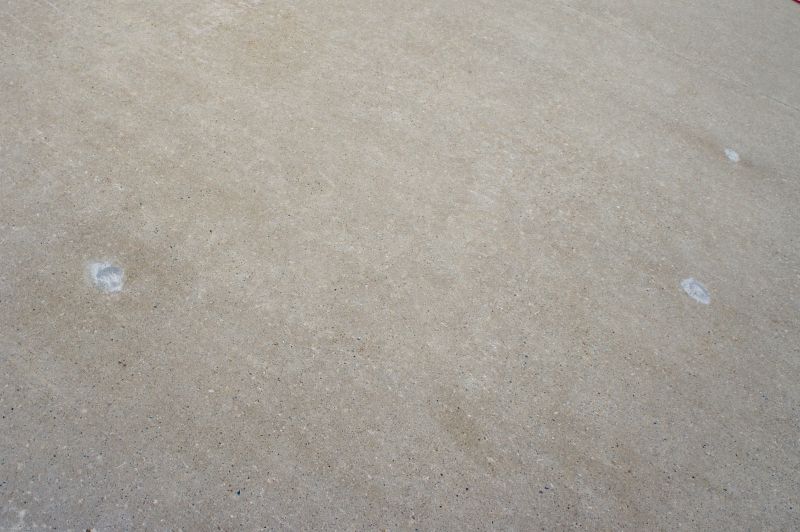
Ways to make Eifs Patch Repairs work in tight or awkward layouts.

Popular materials for Eifs Patch Repairs and why they hold up over time.
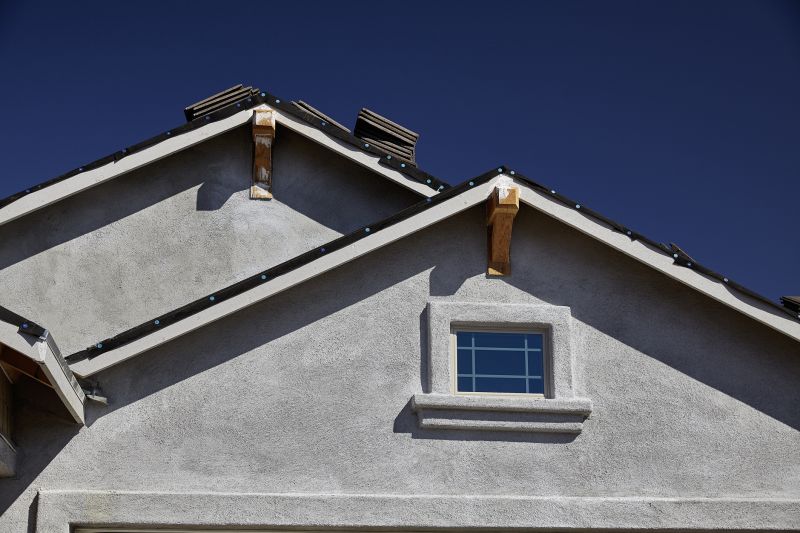
Simple add-ons that improve Eifs Patch Repairs without blowing the budget.

High-end options that actually feel worth it for Eifs Patch Repairs.

Finishes and colors that play nicely with Eifs Patch Repairs.
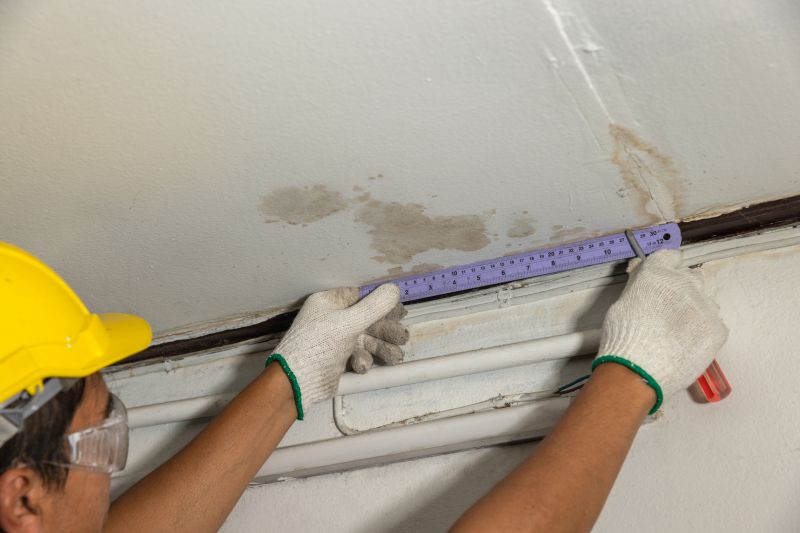
Little measurements that prevent headaches on Eifs Patch Repairs day.
| Weather Condition | Recommended Action |
|---|---|
| Temperatures below 50°F | Postpone repairs until conditions improve. |
| Temperatures above 85°F | Avoid repairs during extreme heat. |
| High humidity | Wait for lower humidity levels. |
| Precipitation forecast | Delay repairs until dry weather. |
| Rapid temperature changes | Allow conditions to stabilize before proceeding. |
| Windy days | Schedule repairs for calmer days. |
| Snow or freezing conditions | Defer repairs until weather warms. |
Eifs patch repairs are a crucial component of maintaining the integrity and appearance of exterior wall systems. Proper timing ensures that repairs bond effectively, resist weather-related damage, and extend the lifespan of the EIFS (Exterior Insulation and Finish System). Regular assessments and timely interventions can prevent minor issues from developing into costly repairs.

A 60-second routine that keeps Eifs Patch Repairs looking new.

A frequent mistake in Eifs Patch Repairs and how to dodge it.
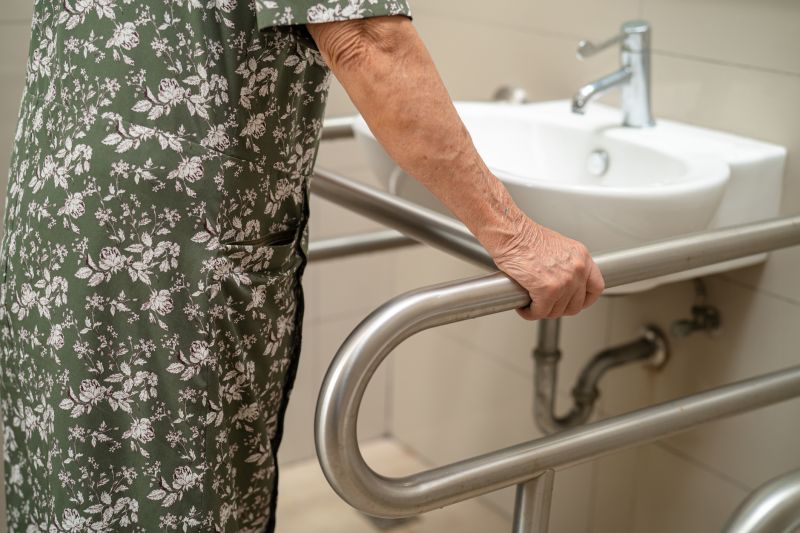
Small tweaks to make Eifs Patch Repairs safer and easier to use.

Lower-waste or water-saving choices for Eifs Patch Repairs.
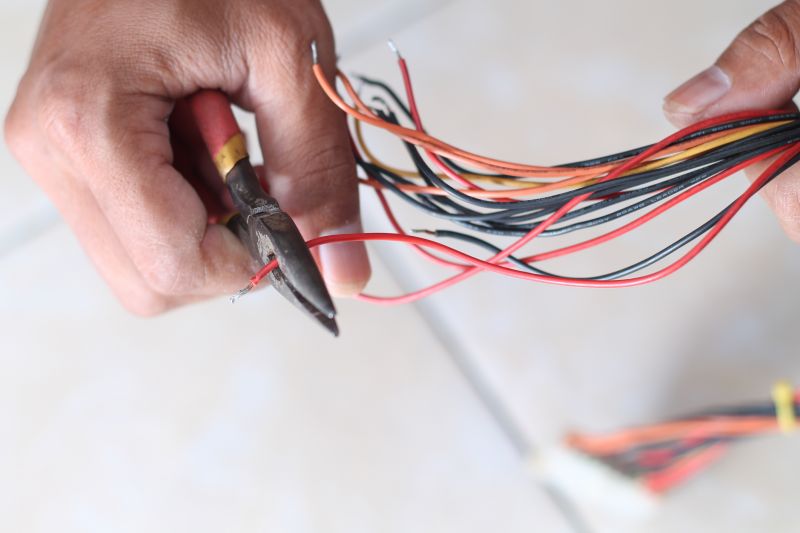
The short, realistic tool list for quality Eifs Patch Repairs.
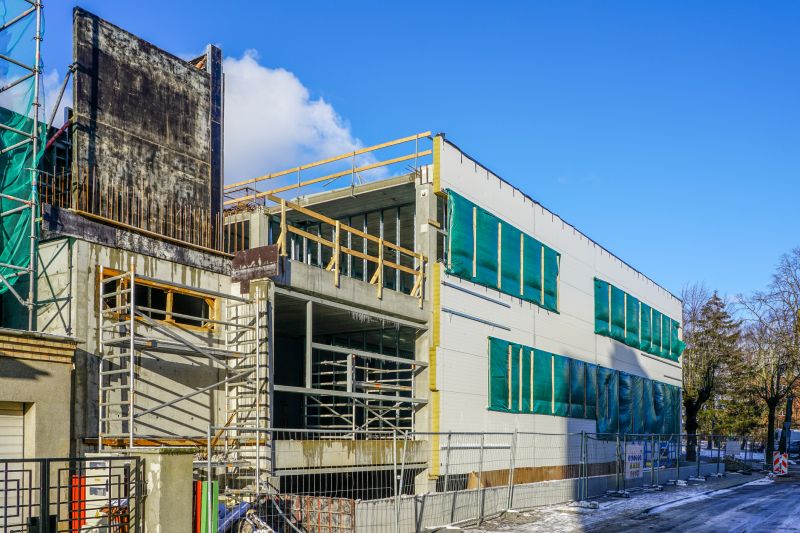
Rough timing from prep to clean-up for Eifs Patch Repairs.
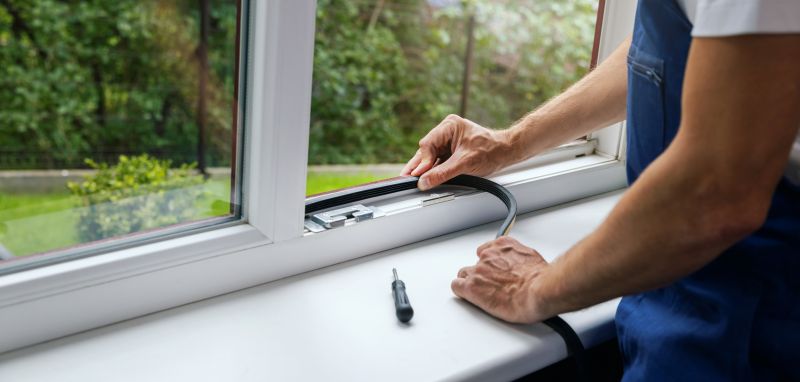
Quick checks and paperwork to keep after Eifs Patch Repairs.

Examples that show the impact a good Eifs Patch Repairs can make.
Choosing the right time for Eifs patch repairs can significantly influence their success and durability. Monitoring weather forecasts and planning repairs during favorable conditions reduces the risk of rework and ensures long-lasting results. Proper timing combined with quality workmanship helps maintain the exterior's protective and aesthetic qualities.
Interested in scheduling Eifs patch repairs? Fill out the contact form to get more information and assistance.
